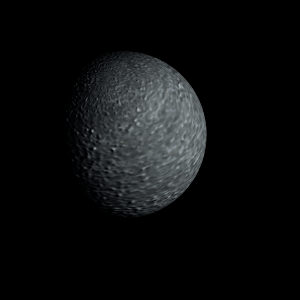|
|
Space Astro
|
Info for exoplanet "Lean"
| Scientific (actual) data |
|---|
| Name | WASP-132 b |
| Planet status | Confirmed |
| Planet mass | 0.428 |
| Mass sini | 0.428 |
| Radius | 0.901 |
| Orbital period | 7.13352 |
| Semi major axis | 0.067 |
| Orbit eccentricity | 0.0163 |
| Inclination | 89.46 |
| Discovered | 2016 |
| Updated | 2024-06-25 |
| Omega | 318 |
| Tzero tr | 2459340 |
| Impact parameter | 0.18 |
| K | 52.99 |
| Temperature (kelvin) | 682 |
| Publication | Published in a refereed paper |
| Detection type | Primary Transit, Radial Velocity |
| Mass measurement type | Radial Velocity |
| Radius measurement type | Primary Transit |
| Alternate names | TOI-822 b, TOI-822.01 |
| Star name | WASP-132 |
| Right ascension | 217.61° |
| Declination | -46.16° |
| Mag v | 12.4 |
| Mag j | 10.257 |
| Mag h | 9.745 |
| Mag k | 9.674 |
| Star distance | 123.17 |
| Star metallicity | 0.22 |
| Star mass | 0.789 |
| Star radius | 0.758 |
| Star sp type | K4V |
| Star age | 7.2 |
| Star temperature | 4686 |
| Star alternate names | TOI-822 |
| Wikipedia article | WASP-132 b |
Back
| |
| Fictional info (?) |
|---|
| Suggested name | Lean |
| Planet type | Warm gas giant |
| It is the coldest planetary atmosphere in its solar system, with a minimum temperature of 88°K (-185°C), and has a complex, layered cloud structure with ethane thought to make up the lowest clouds, and argon the uppermost layer of clouds. |
| Atmosphere | Argon | 56% |
| Ethane | 37% |
| Ammonia | 2.6% |
| Molecular hydrogen | 2.4% |
| Carbonyl sulfide | 1.9% |
| Atmospheric pressure | 1.7 bar |
 |
| No known satellites |
| Google search for Lean |
|
Website by Joachim Michaelis
|
|
|
|